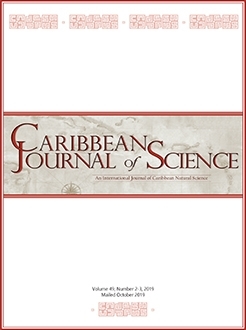Aerobiological studies focus on studying biological particulates such as pollen and fungal spores in the lower atmosphere. Dispersion of these bio particulates is widespread, and their capture can be difficult, requiring the development and use of different methods to achieve their capture. For this research, a modified unmanned aerial vehicle, commonly known as drone, fitted with remote-controlled spore traps was used to collect spores and pollen from the lower atmosphere. Samplings of five minutes of flight with the samplers open and Petri dishes exposed to collect viable particulate were made above two areas with different anthropogenic activity. Adhesive slides were exposed simultaneously to collect non-viable particulate. From viable samples, common fungi such as Cladosporium, Curvularia, Fusarium, Penicillium, Aspergillus, and Nigrospora were identified. From non-viable samples, 54 genera of fungal spores and 17 pollen genera were observed directly under the microscope. Spores of Delitschia, Solheimia, Venturia, Fusariella, Endophragmiella, and Polythrincium are reported here as new records for Puerto Rico.
How to translate text using browser tools
8 June 2020
Use of Drones to Recover Fungal Spores and Pollen from the Lower Atmosphere
Zuleimary Vélez-Rodríguez,
Hernán Torres-Pratts,
Sandra L. Maldonado-Ramírez
ACCESS THE FULL ARTICLE

Caribbean Journal of Science
Vol. 50 • No. 1
August 2020
Vol. 50 • No. 1
August 2020




